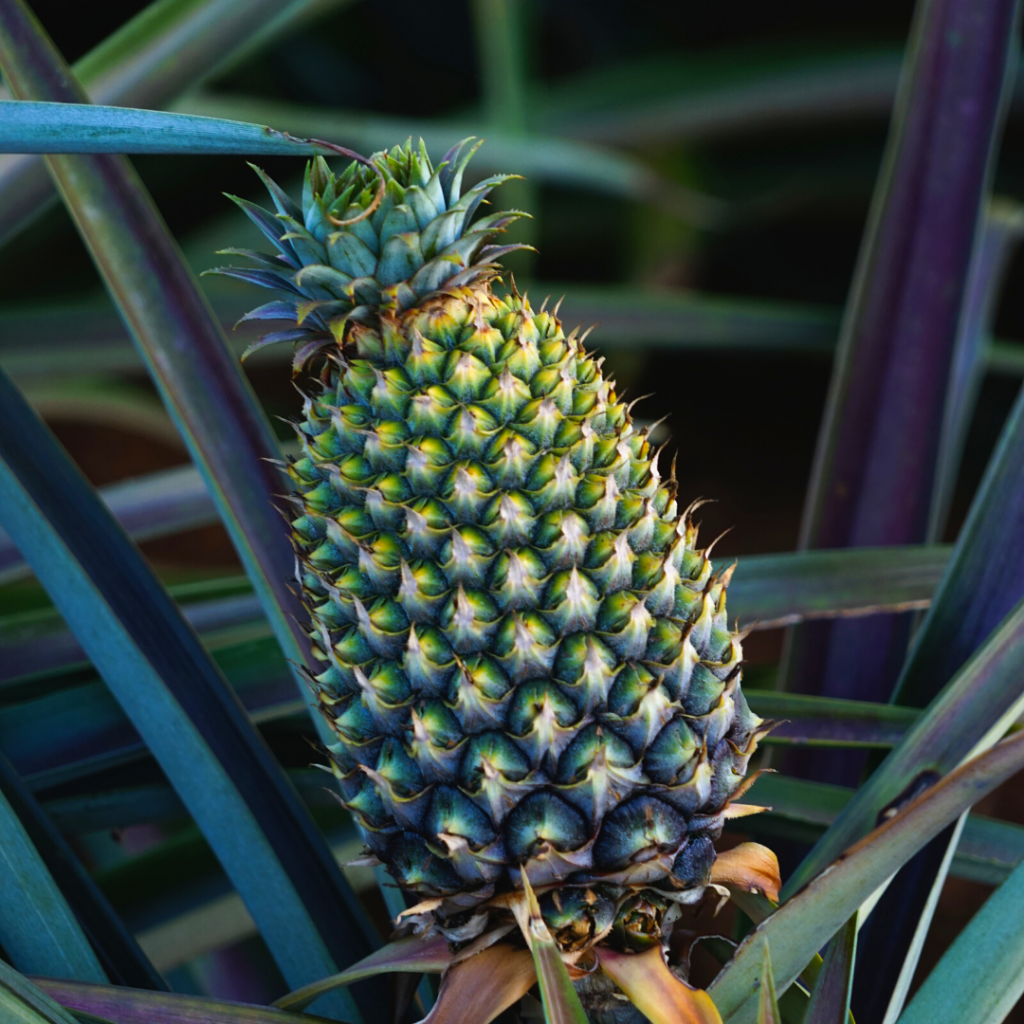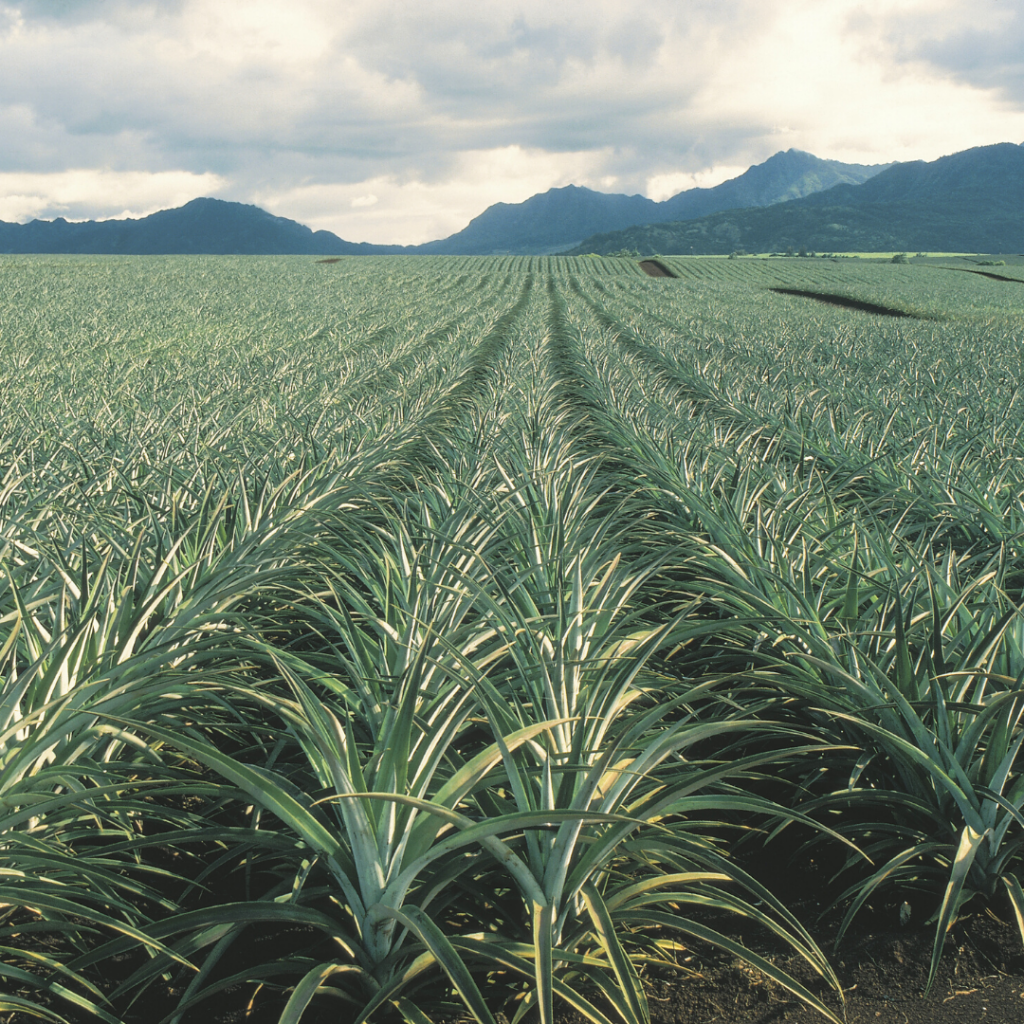
Why Pineapple Production Increases in the Fall
While Costa Rica produces coffee, bananas, and other short-cycle crops, other than tourism, year-round pineapple production is the most vital piece of Costa Rica’s economy. In fact, Costa Rica is the largest producer and exporter of pineapples in the world. No less than 90% of the pineapples consumed in the United States come from this small country of just over 5 million people. But did you know that pineapple supply increases in the fall?
A World Full of Pineapples

How can this be, that a country almost 1/200th the size of another, supplies almost the entirety of one of the most popular tropical fruits?
The answer is the climate; Cost Rica’s rainy, humid nature makes it the perfect place for pineapples to grow. Many of the pineapple plantations in Costa Rica are strategically located in the valleys and regions that receive the most rainfall. The ideal farming conditions last all year long, in fact, while the children are trick or treating and the first frosts are arriving in the United States, Costa Rica is deep in its “summer” season.
Increase in Pineapple Production

The majority of the world is used to experiencing four seasons throughout the year: spring, summer, fall, and winter. However, as is the case with many Neotropic regions, Costa Rica only enjoys two distinct seasons.
The dry season, characterized by little to no rainfall, is sunny and warm. This is the most popular, and most expensive, time to visit. Still, the air can remain quite humid and even in the driest stretches of the year, Costa Rica’s pineapple production is going full steam ahead. If you’re looking to avoid a high chance of rain, December through April is the season for you.
Although pineapples are in season year-round in Costa Rica, there is an increase in pineapple production in the fall! The rainy season or the “green” season lasts from May until November. The name for this time of year comes from the bright and healthy vegetation that thrives during this season. The “green” season also defines a new beginning for many farmers and gardeners. So, don’t be alarmed next time you see a pineapple on the Thanksgiving table, apart from being an age-old sign of hospitality, the late fall crop is actually some of the sweetest fruits of the year!
A Rainy Day in the Life

Though there is a lot of rain (and we mean a lot), the rainy season can tend to get a bad rap as it rarely rains the entire day.
A typical day during the rainy season starts off hot, sunny, and steamy. This is the perfect weather for crops to start off in the morning, as they get thirsty and seek out water. It begins to rain in the late afternoon, allowing the crops to get plenty of hydration. This adds to the humid environment that tropical fruits, especially pineapples thrive in. The rain stops around five or six o’clock in the evening. The rain also has a nice side benefit for us humans of cooling down the outside temperature.
September and October typically have the highest rainfall, with November serving as a transition month between the rainy and dry seasons. You would be hard-pressed to come up with a schedule that resulted in a better crop yield of pineapples than autumn in Costa Rica.
Chestnut Hill Farms
Our farms are located in the valley of Roxana de Guapiles and Villa Franca regions of Guapiles, Costa Rica. The soil we use to grow our pineapples is low in pH, meaning our famous perfect pineapples are available year-round.
To get Chestnut Hill Farms news and updates delivered to your inbox, sign up for our newsletter.
